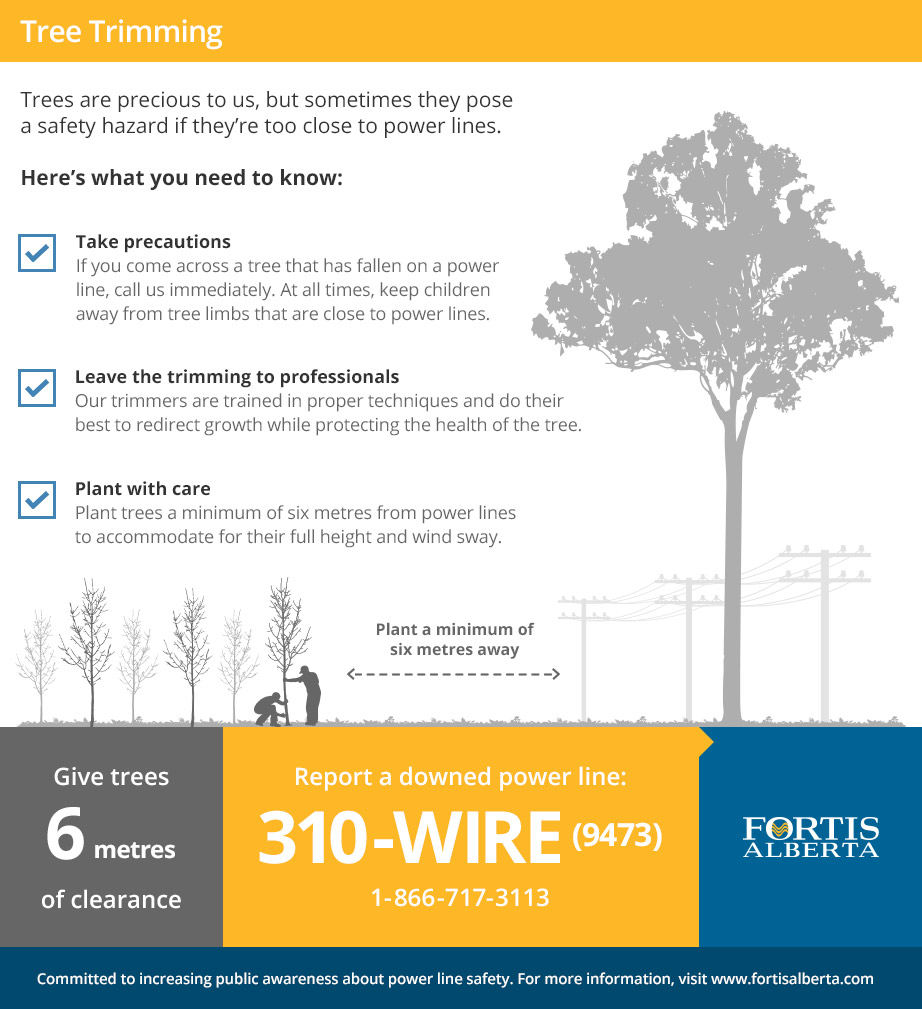Figuring Out The Correct Time For Tree Removal - An Overview For Homeowners
Figuring Out The Correct Time For Tree Removal - An Overview For Homeowners
Blog Article
Article By-Hermansen Abrahamsen
Trees include appeal and value to property, but they can also position a threat throughout severe weather events. If a tree has actually stopped growing, is showing noticeable fungal development, or has a leaning trunk, it needs to be gotten rid of by an expert to avoid home damages and injury.
For more information, participate in a property owner resource reasonable co-hosted by HPD, the Facility for NYC Neighborhoods, and Brooklyn-based housing companions this evening in Bedford-Stuyvesant. The occasion will feature the Property owner Manual, a brand-new guide to help homeowners browse the obligations of possessing a home.
1. Dead or Dying Branches
Trees are an integral part of your home's landscape, offering shade and charm. They likewise supply sanctuary for wildlife and create oxygen, yet even healthy and balanced trees can experience illness that might demand their removal. Dead or dying trees aren't just undesirable, they can be dangerous. Their branches can fall throughout a tornado, leading to pricey residential property damage and injuries.
When 6 j's tree service start to pass away, it suggests that its structure is beginning to break down. If the majority of its branches are dead, it is most likely time to remove it.
Seek an absence of brand-new growth, bark peeling, open injuries or dental caries, fungis growing on the trunk or origins and a basic appearance of decay in the whole cover. These indications of infection can show a severe trouble that will require specialist tree services to solve.
2. Leaning Trunk
While it's typical for trees to lean from time to time as a result of phototropism, if a tree has an unsafe or extreme lean that's not because of natural processes - maybe an indicator that the tree needs to be gotten rid of. If the tree is favoring a high-voltage line, home, vehicle, play structure or any other area that could be dangerous to individuals if it drops, then speaking to a specialist tree solution for removal should be a leading priority.
It's additionally important to look for any kind of sudden changes in a tree's leaning as it can show damage to the roots or trunk that may result in dropping. https://www.oregonlive.com/hg/2020/02/ask-an-expert-its-not-easy-to-root-apple-tree-from-cuttings.html is especially real throughout thundercloud, because high winds and rain-soaked dirt can trigger a lean to change swiftly. Regular monitoring, especially throughout and after tornados can aid property owners identify possible troubles with their trees so they can call an arborist for a detailed examination.
3. Pest Problem
Some pest infestations, such as wood-boring pests like emerald ash borer or sap-suckers like scale insects, are so extreme that they can trigger a tree to pass away. The very best method to prevent pest invasion is to monitor your trees regularly. Seek spots, openings, or stainings in the leaves and bark. Check out the trunk for splits and indications of insect damage, such as tunnels or tracks.
If a tree becomes also infested with bugs, or is close to a home or high-voltage line, an arborist might advise elimination. If a leaning tree establishes a new, unstable lean, an arborist will likely recommend removal too to make sure the security of individuals and residential or commercial property. If a weakened or dead tree constantly sheds extreme branches, it is an indicator that it is time to remove the tree. If mouse click the up coming webpage remains to drop branches for an extensive amount of time, it might bring about architectural troubles and prospective building damage.
4. Harmed Trunk
Trees are a gorgeous and important part of our landscape, but they do require normal like keep them healthy and balanced and safe. If a tree is harmed beyond repair it is likely time for it ahead down.
Seek indications of damage to the trunk, consisting of vertical splits, joints, dead branch stubs, visible injuries or open cavities and extreme tree-rot. The presence of fungi at the base of the trunk is an additional warning indication. Fungis might show that the phloem and xylem (life-support cells) are endangered, permitting the spread of disease or a future failure.
Likewise, take into consideration whether the tree has actually quit growing. Healthy trees will have brand-new development yearly, which may show up as buds or branches growing and prolonging. If you do not see any new development, it's a great idea to have an arborist examine the tree and follow their referral for removal. A passing away or harmed tree can fall and trigger building damage.